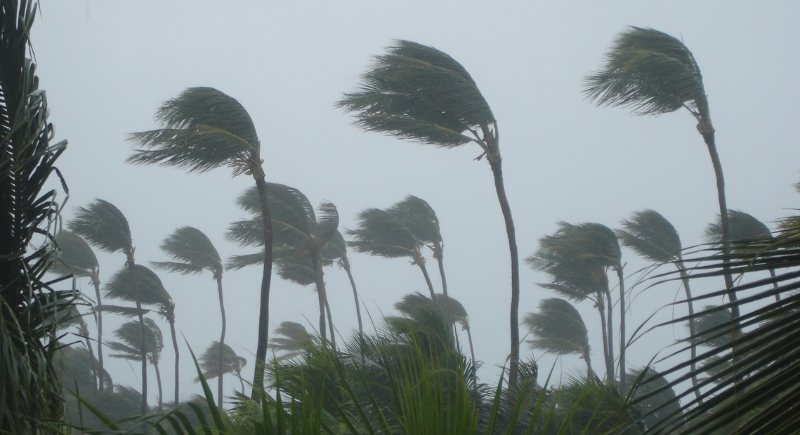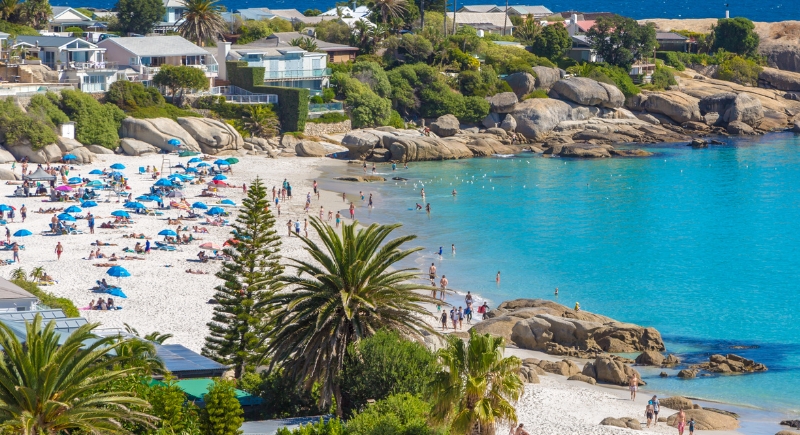Here’s Why Waterfront Properties Are a Scam
Buying a home by the water sounds dreamy until you know that the picture-perfect view often comes with steep costs, unpredictable upkeep, and less privacy than you’d expect. Waterfront homes might shine in listings, but the lifestyle isn’t always as serene as it seems. Here’s why the wealthy sometimes walk away from the shoreline, and why you might want to think twice, too.
Flood Insurance Is Expensive

Credit: Getty Images
Most waterfront homes are required to carry flood insurance, and those premiums don’t come cheap. The average flood policy can run around $950 per year, but in high-risk zones, it can exceed $5,000. That’s on top of regular homeowners insurance. And even then, coverage often doesn’t include personal property or damage above the ground floor.
Saltwater Isn’t Friendly to Your House

Credit: iStockphoto
Salt accelerates corrosion, eats away at metal fixtures, and damages HVAC systems. Homeowners often face higher maintenance costs just to slow the inevitable. Paint peels faster, wood warps quicker, and metal rusts constantly. If it’s near the ocean, prepare to battle salt year-round or pay professionals to do it for you.
Property Lines Get Weird by the Water

Credit: iStockphoto
Waterfront property boundaries aren’t always straightforward. In many coastal states, your lot stops at the mean high tide line. That means the wet sand or even part of the dry beach is technically public. People can legally pass through or plop down with a cooler right in front of your view.
Selling It Isn’t So Easy

Credit: Getty Images
When it comes to selling these properties, they attract a smaller pool of buyers. They cost more, involve extra upkeep, and come with complicated insurance and environmental risks. Interest in second homes or vacation spots tends to drop first during economic downturns.
Mold, Mildew, and Musty Everything

Credit: Getty Images
Humidity levels near water are significantly higher, which makes waterfront homes more prone to mold and mildew. Basements, bathrooms, and crawl spaces become problem zones. Dehumidifiers are often necessary year-round. Not only is this uncomfortable, but mold remediation isn’t cheap; professional services can cost $500 to $6,000 depending on the extent of the damage.
Environmental Rules Can Be a Buzzkill

Credit: Getty Images
Waterfront properties face heavy zoning and environmental regulations. This hits hard when you’re building a dock, adding a deck, or expanding your living room. You may need multiple permits, pay for environmental impact studies, or follow strict limitations that delay or derail your plans. Some regions prohibit even minor alterations if they disrupt local ecosystems.
Financing Falls Apart Fast

Credit: Getty Images
Banks take a hard look at anything near water. Flood insurance is non-negotiable, but some companies won’t cover the risk, or they’ll quote a number that’s out of reach. No insurance means no loan, no matter your credit score. Plenty of buyers spend weeks lining up a deal, only to have it collapse over paperwork before they even get to the inspection.
Docks Don’t Take Care Of Themselves

Credit: Getty Images
If your dream home includes a private dock, budget for maintenance. Wooden docks degrade fast from moisture, algae, and sun exposure. Repairs can cost hundreds each year, and full replacements run into the thousands. Boat lifts, electrical hookups, and safety features only add to the expense.
Bad Weather Hits First and Hard

Credit: Getty Images
Hurricanes, storm surges, and heavy rainfall all hit waterfront areas harder. Even homes elevated on pilings aren’t immune. Damage from wind or rising water can lead to costly repairs. According to the National Oceanic and Atmospheric Administration (NOAA), flooding is the number one natural disaster in the U.S., and waterfront homes are squarely in the danger zone.
Shoreline Erosion Isn’t Theoretical

Credit: Getty Images
Waterfront land changes over time, and is not always in your favor. Factors like waves and rising sea levels can shrink your shoreline. Some homeowners resort to building seawalls or installing riprap, which are rock barriers, to reduce erosion. These solutions aren’t cheap or permanent. If left unaddressed, erosion can undermine foundations and reduce the usable land you bought in the first place.
Crowds Love Your Neighborhood Too

Credit: Getty Images
Popular lake or beach towns don’t empty out after you move in. Tourists, partiers, and day-trippers flood the area during peak seasons. Traffic picks up, restaurants fill, and your once-quiet street can turn into a parking lot. For those seeking a calm retreat, this seasonal chaos can wear thin quickly.
Seasonal Use Limits the Fun

Credit: Getty Images
Winter and waterfront cabins might not always go hand in hand. Icy roads, frozen pipes, or impassable terrain can make access difficult or downright dangerous in colder climates. Snow and ice can also damage outdoor structures like docks and patios. If you’re spending thousands on a place you can’t comfortably reach or enjoy year-round, the math stops working.
You’re Hiring a Handyman on Retainer

Credit: Getty Images
Nobody tells you how many specialists show up each year. The guy for the dock. The one who handles the gutters, the crew that tackles mildew, and the pest control van in the driveway every other month. If you skip the pros, you’re spending weekends with a toolbox and a ladder. Either way, the calendar fills with chores, and the bills follow.
The HOA Might Hate Your Hammock

Credit: Getty Images
Beyond state laws, you might be at the mercy of your neighborhood’s homeowner association. Some waterfront communities come with strict HOA guidelines that limit short-term rentals, personal landscaping, or even the color of your siding. You bought the land, but someone else might still make the rules.
Wild Neighbors Might Drop By Uninvited

Credit: Getty Images
Waterfront properties are often surrounded by nature, which sounds lovely until the nature gets too close. Raccoons in the trash, snakes under the deck, or alligators in your pond (yes, really, in parts of the South) are real possibilities. Water attracts all kinds of wildlife, and some of it won’t care that you’re hosting brunch on the patio.